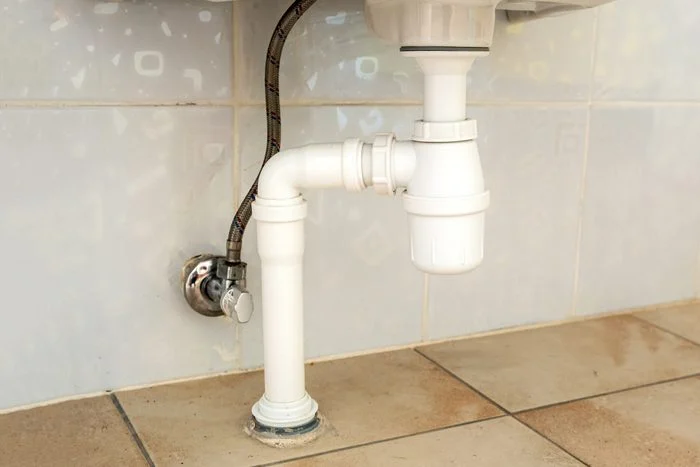Dec . 30, 2024 01:16 Back to list
hdpe pipes products
Understanding HDPE Pipes A Comprehensive Overview
High-Density Polyethylene (HDPE) pipes have emerged as a preferred choice in various industries due to their remarkable strength, flexibility, and resistance to chemicals. This article explores the features, benefits, applications, and installation techniques of HDPE pipes, underscoring their importance in modern engineering and infrastructure development.
What is HDPE?
High-Density Polyethylene, commonly referred to as HDPE, is a thermoplastic polymer produced from the polymerization of ethylene. It is known for its high tensile strength and durability, making it suitable for a wide array of piping applications. HDPE is distinguished from other forms of polyethylene by its high density, which offers enhanced chemical resistance and tensile strength.
Key Features of HDPE Pipes
1. Durability and Longevity HDPE pipes are designed to last for several decades, often exceeding a lifespan of 50 years. Their resistance to corrosion and degradation makes them ideal for long-term applications. 2. Lightweight Compared to traditional materials such as PVC or metal piping, HDPE pipes are significantly lighter, which makes transportation and installation easier and more cost-effective. 3. Flexibility and Strength HDPE pipes can withstand high pressure and can be bent during installation without compromising their structural integrity. This flexibility is particularly beneficial in applications where ground movement may occur.
4. Chemical Resistance HDPE is resistant to a wide range of chemicals, making it suitable for conveying corrosive substances without risk of leakage or breakdown.
5. Low Friction Coefficient The smooth interior surface of HDPE pipes reduces turbulence and friction, which enhances flow efficiency and minimizes energy costs over time.
Applications of HDPE Pipes
HDPE pipes are versatile and can be used in various applications across multiple sectors, including
- Water Supply HDPE pipes are extensively used in water distribution systems due to their ability to handle high pressure and resist corrosion. - Sewage and Drainage Their chemical resistance makes HDPE ideal for sewer systems and drainage applications, where they can safely convey sewage and stormwater runoff.
hdpe pipes products

- Irrigation In agriculture, HDPE pipes are employed in irrigation systems, enabling efficient water delivery while minimizing evaporation and water waste.
- Gas Distribution HDPE pipes are also used in natural gas distribution networks, where safety and reliability are paramount.
- Industrial Applications From chemical processing to mining, HDPE pipes are utilized in various industrial settings for transporting materials safely and efficiently.
Installation Techniques
The installation of HDPE pipes involves several steps to ensure a successful outcome
1. Preparation The site is prepared by clearing any debris and ensuring that the trench is deep enough to accommodate the pipes.
2. Joining Techniques HDPE pipes can be joined using several methods, including butt fusion, electro-fusion, and socket fusion. These techniques create strong joints that maintain the integrity of the piping system.
3. Testing Once installed, the system undergoes thorough pressure testing to ensure no leaks are present and that the infrastructure functions optimally.
4. Backfilling After successful testing, the trench is backfilled, with considerations made to avoid damaging the pipes during this process.
Conclusion
As industries continue to seek sustainable and cost-effective solutions, HDPE pipes stand out as an excellent choice for a variety of applications. Their unique properties, including durability, flexibility, and chemical resistance, make them suitable for challenging environments. Whether used in water supply systems, irrigation, or industrial applications, HDPE pipes prove to be an indispensable part of modern infrastructure. Investing in HDPE technology not only enhances operational efficiency but also promotes safety and longevity in urban and rural development projects. As such, HDPE pipes play a critical role in shaping a sustainable future for our infrastructure needs.
-
High-Quality PVC Borehole Pipes Durable & Versatile Pipe Solutions
NewsJul.08,2025
-
High-Quality PVC Perforated Pipes for Efficient Drainage Leading Manufacturers & Factories
NewsJul.08,2025
-
High-Quality PVC Borehole Pipes Durable Pipe Solutions by Leading Manufacturer
NewsJul.08,2025
-
High-Quality PVC Borehole Pipes Reliable PVC Pipe Manufacturer Solutions
NewsJul.07,2025
-
High-Quality UPVC Drain Pipes Durable HDPE & Drain Pipe Solutions
NewsJul.07,2025
-
High-Quality Conduit Pipes & HDPE Conduit Fittings Manufacturer Reliable Factory Supply
NewsJul.06,2025

